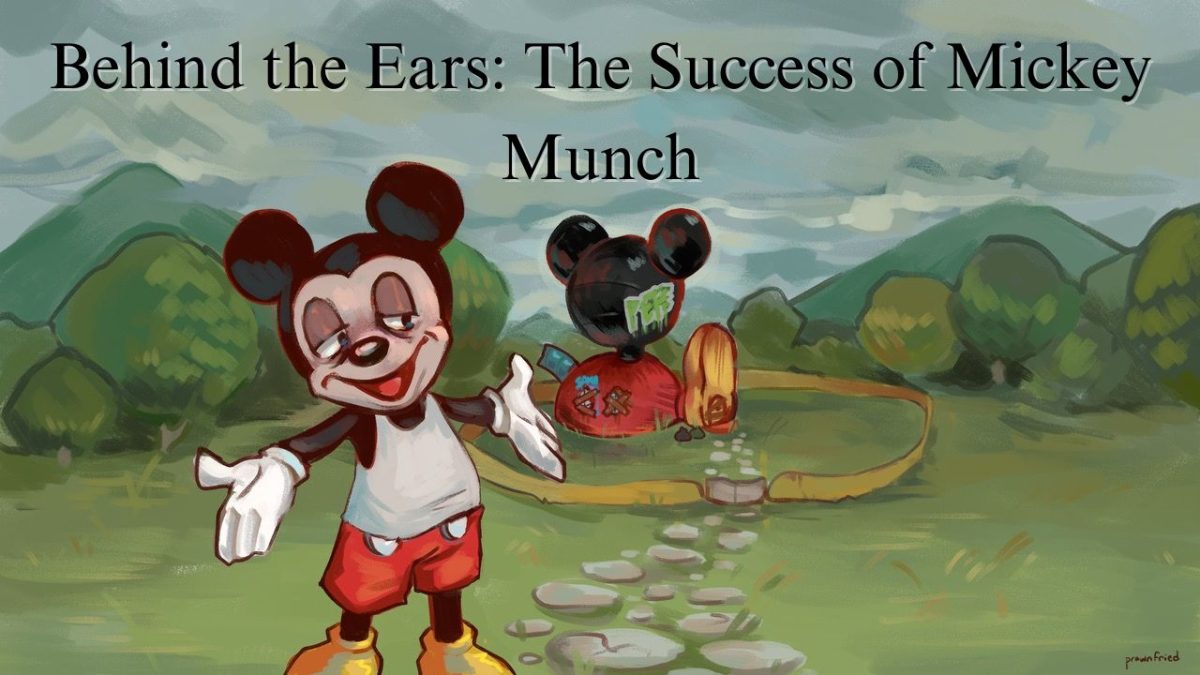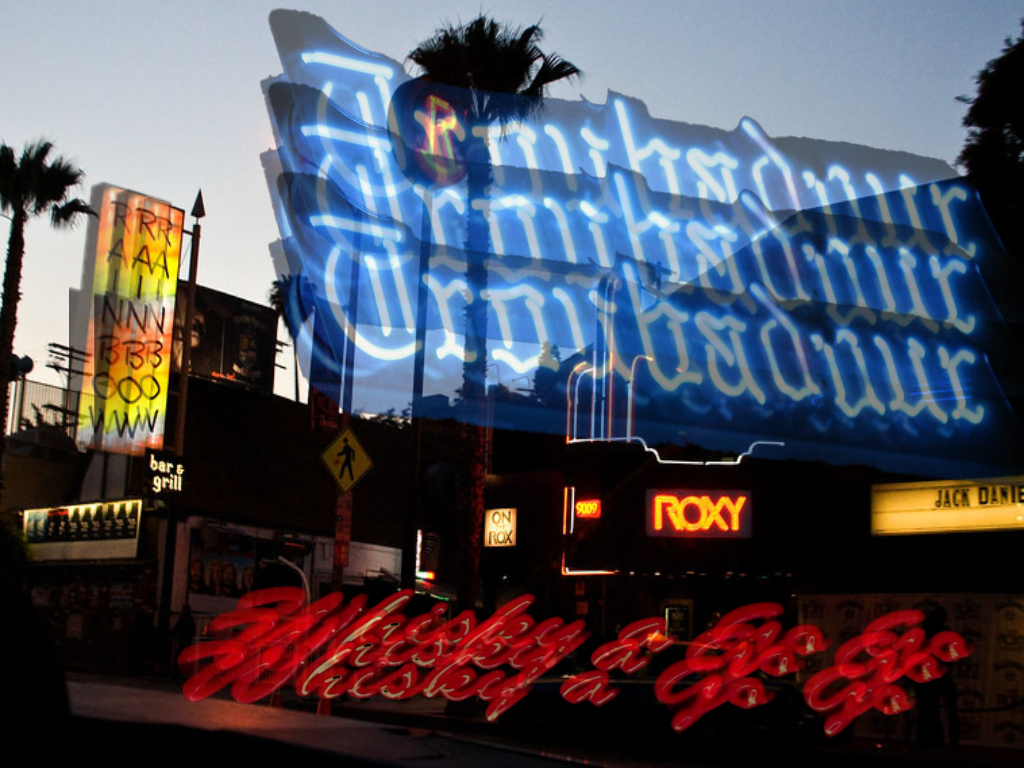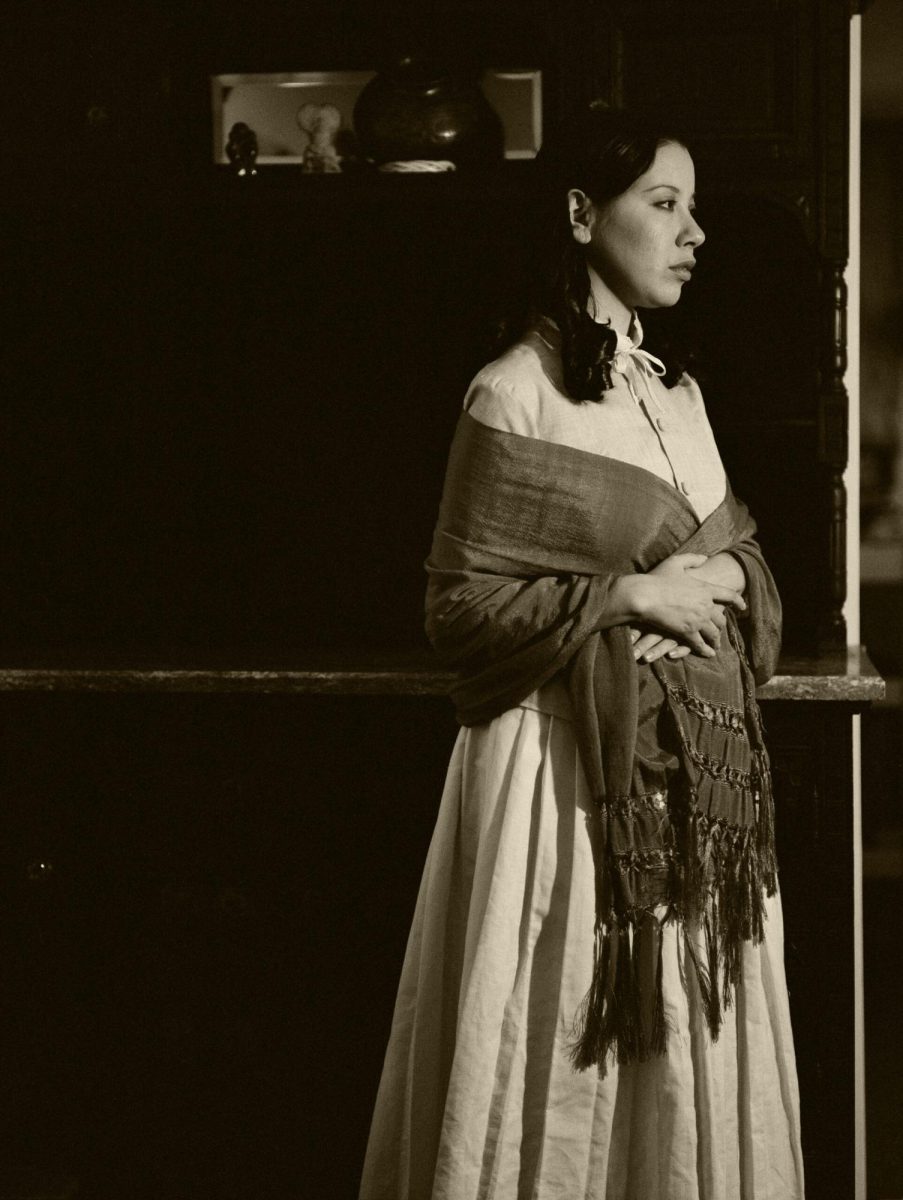To Danny Gaviria, president of the Graphic Design Club and AIGA chapter at Cerritos College, the best moment in participating in his first art exhibition was letting go of the anxiety he felt weeks before opening day.
He took on the task of personally delivering his own piece, as well as those by club members Orlando Dominguez and Jeanette Salas, to Otis College of Art and Design for this year’s “EMERGE” exhibit on display at the school’s Ben Maltz Gallery from April 1 to 16.
“When you go to print,” Gaviria explained, “something always goes wrong. It’ll be the ink or things like that.”
He recalls finally dropping off the pieces at the Elaine and Bram Goldsmith Campus of Otis in Los Angeles.
“Once I turned them in, I was like, ‘Yeah! I’m done with this!’ It all worked out.”
The creations of Gaviria, Dominguez and Salas were tacked on the white walls of one of the school’s two galleries, alongside 100 pieces by design students from 12 private colleges and universities in Southern California.
Coordinated by the Education Committee of AIGA Los Angeles, each year it is held, the unranked show provides student AIGA members with the opportunity to present their work in a professional setting and exchange contact information with working designers.
This year’s works included posters, handmade books and hanging installations, all centered around specific social themes.
Cerritos chose to portray images of homelessness through hooded figures, park benches, and concrete floors.
Participants of “EMERGE 2011” also got the chance to rub elbows with design instructors teaching at four-year universities who attended the show’s closing reception on April 16.
AIGA Cerritos adviser Bonnie Barrett was proud of the Cerritos College trio for being the only group of community college students participating in “EMERGE 2011,” and for being part of the only student chapter in the Los Angeles area, due in part to a $500 grant from the Cerritos College foundation that paid for the yearly AIGA membership fees for 10 Graphic Design Club members.
Jimmy Moss, instructor at California State University Los Angeles and president of AIGA Los Angeles, was happy to shake the hands of Gaviria and Dominguez and receive word that a student chapter has been established at Cerritos.
“Now that I know, we’re very excited!” he exclaimed.
Moss also shared insight behind the show’s name.
“It’s an exhibition of emerging talent, emerging ideas, emerging processes, and it attracts a great deal of attention from the professional community because people are interested in seeing what’s going on and what students are learning.”
The 24-year-long member of AIGA explained that graphic designers don’t traditionally participate in gallery exhibitions, making “EMERGE” a one-of-a-kind show.
“[Graphic designers] work for a client. We’re working to solve often visual communication design problems, or environmental graphic design problems, or exhibition design problems—it’s art in service to industry—so we don’t exhibit our work.”
Davey Whitcraft, instructor at Otis and adviser of the AIGA chapter at the campus, also attended the closing reception to greet students and their families.
Whitcraft helped coordinate the traveling show hosted by Otis this year, and shook his head at the thought of incorporating an awards ceremony at any “EMERGE” exhibit.
“It’s a little weird to pull a favorite piece out because the programs [at participating schools] are very diverse. This is more about a bunch of students coming together and showcasing their work, less about a winner or a loser, or a best piece or a worst piece,” he said.
Carol A. Wells, director and founder of Graphics of Patriotism & Dissent, conducted a tour of “American Icons”—a show accompanying this year’s “EMERGE” exhibit—before gallery doors opened for the closing reception.
She stayed behind to examine students’ works as people lined up for drinks and hors d’oeuvres outside.
“What my personal hope is,” Wells declared, “is that the students who see the work here are ones really dealing with the social issues of the day—whether it’s homelessness, or ecology, or war—that they will think about being part of the problem. Instead of designing a better gas tank, to consider designing a better solar panel.
“Art is the most powerful tool we have. Art is more powerful than the gun. There has never been a social change without the arts essential to that.”







